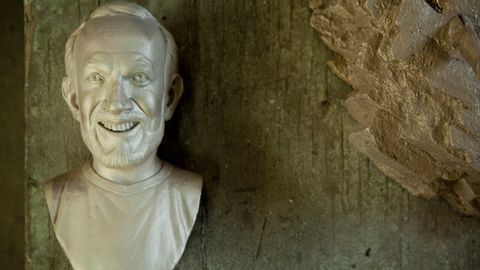
字幕と単語
失われたワックスブロンズ化プロセス - スタン・ウィンストン、彫刻からブロンズへ アメリカンファインアーツファウンドリーにて (The Lost Wax Bronzing Process - Stan Winston from Sculpture to Bronze at American Fine Arts Foundry)
00
Nii Nadia が 2021 年 01 月 14 日 に投稿保存
動画の中の単語
fine
US /faɪn/
・
UK /faɪn/
- adj.よい : 十分な;質的に優れた : 見事な;細かい;上質の;よい: 元気な;晴天の : 晴れた;細かい;元気な : 健康な
- n. (c.)罰金;(楽曲の終わりに)終わり
- v.t.罰金を科す
A2 初級TOEIC
もっと見る エネルギーを使用
すべての単語を解除
発音・解説・フィルター機能を解除
